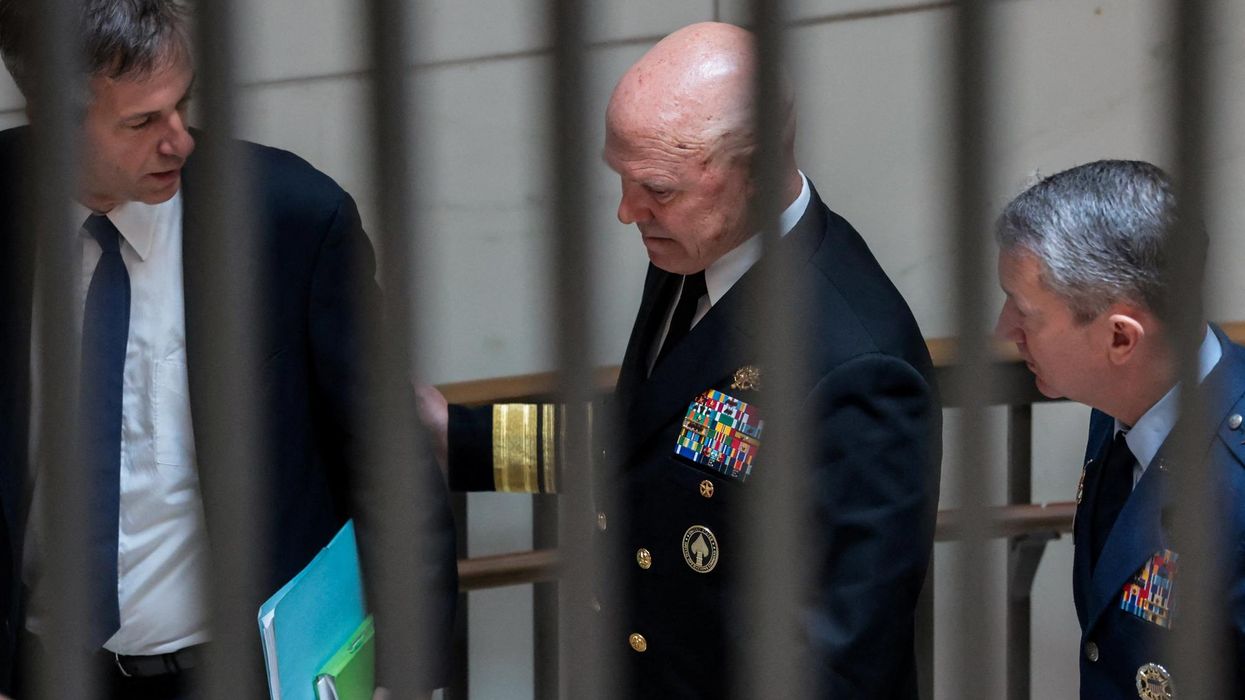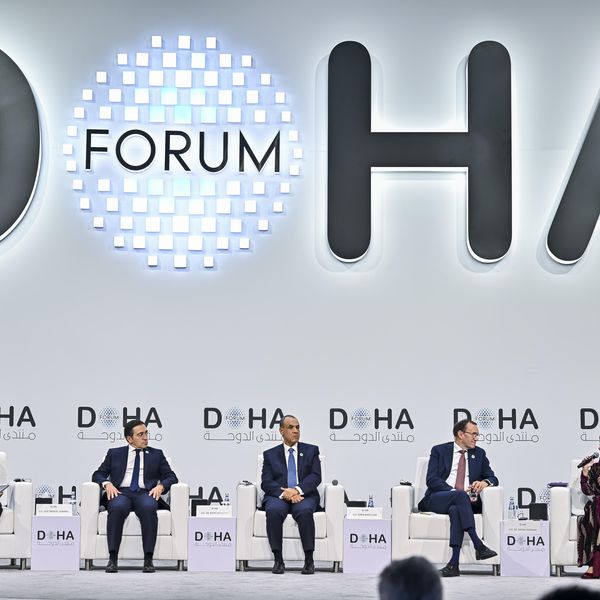Russia’s dismissive response to possible provisions of a Trump settlement plan floated in Western media underscores how difficult the path to peace in Ukraine will be. It also highlights one of the perils of an approach to diplomacy that has become all too common in Washington: proposing settlement terms in advance of negotiations rather than first using discreet discussions with adversaries and allies to gauge what might be possible.
To achieve an accord that Ukraine will embrace, Russia will respect, and Europe will support, Trump will have to revive a tradition of American statesmanship — balancing power and interests among capable rivals — that has been largely dormant since the Cold War ended, and U.S. foreign policy shifted its focus toward democratizing other nations and countering terrorism.
A wide range of issues will require detailed negotiation, but three principles will be key to his success:
Put American Interests First. The Biden administration has, from the invasion’s start, insisted that it is up to Ukraine to decide if and when to seek an end to the war. It has offered tactical advice but deferred to Kyiv on setting strategy. This has proved to be a recipe for unending conflict that is devastating Ukraine and perversely incentivizing Kyiv to draw the United States more directly into the war.
Trump must put America back in the driver’s seat, focusing on core U.S. national interests in negotiating a settlement. Foremost among these is the establishment of a stable balance of power in Europe that deters rather than provokes Russian aggression, while enabling the United States to focus attention and resources on renewal at home and on a more formidable challenge, China, abroad. Ukraine cannot negotiate that regional balance; only the United States has the power to orchestrate the continent-wide mix of military measures and diplomatic safeguards that will be required.
Insisting that American interests serve as our North Star in negotiations does not mean that Trump should ignore Ukrainian interests in cutting a deal with Moscow. Without Ukraine’s buy-in, no settlement will prove lasting or effective, and ensuring that Ukraine can prosper as a secure, independent state is an important American goal. But some public pressure on Zelensky could help him deal with domestic opposition by blaming Trump for some painful but necessary compromises. Although opinion polls indicate that a majority of Ukrainians favors a quick settlement, there remains a group of hardcore nationalists that strongly oppose any negotiations.
Broaden the Problem. Part of the reason that Biden has deferred to Kyiv was a widely shared belief in Washington that the war is a bilateral matter between Russia and Ukraine, and that the key to any peace settlement was to maximize Ukraine’s leverage on the battlefield. That assumption was fundamentally flawed. It failed to understand that Russia’s enormous numerical advantages in population and military production meant Ukraine’s military was bound to weaken over time in a war of attrition, even with robust Western support. And it failed to recognize that the United States has long been able to negotiate from a position of strength if it viewed the war through a wider lens.
For Russia, the war is a key theater in a larger geopolitical conflict with the United States. Its primary goal has been to block Ukraine’s membership in NATO, as well as to prevent a U.S. presence in Ukraine that would threaten Russian security. But even capturing all of Ukraine would not resolve Russia’s larger security problems with NATO. The Kremlin would still have to contend with a 32-member NATO alliance whose military and economic might far exceeds that of Russia. In particular, Russia will soon face U.S. intermediate-range missiles in Germany for the first time since the 1980s, for which it has no effective countermeasures. These larger security issues provide the United States with leverage to end the war while protecting core Western and Ukrainian interests — including a secure path toward Ukrainian membership in the EU.
Play the China Card. Recognizing that the war has deepened Russia’s dependence on China, the Biden administration pressed the Chinese to arm-twist Putin into ending the invasion, dangling the prospect of new sanctions if Beijing refused. But Beijing’s ambivalence toward the war was never going to translate into picking sides, and Biden’s with-us-or-against-us approach missed an opportunity to explore the subtleties in China’s calls for settling the war.
China certainly sympathizes with Putin’s concerns about NATO, and it does not want Russia to lose, which would leave China alone facing an invigorated U.S. bloc. But neither is it happy about Russia’s territorial conquest, which evokes painful chapters in China’s own history and increases the chances of a nuclear conflict that would have numerous negative consequences for Beijing. Moreover, facilitating a compromise settlement could pay dividends for China’s image in Europe, a market that is growing in importance to Beijing as trade with the United States comes increasingly under threat.
Trump can channel this ambivalence into a helpful Chinese role. The United States does not need and should not seek Chinese help in mediation. But inviting China’s special envoy on Ukraine to visit the United States and discuss a settlement — something Beijing sought but Biden refused to offer — would put pressure on Putin to join peace talks. And China could play an invaluable role in post-accord reconstruction of Ukraine, which would serve as a powerful disincentive for Putin to violate the terms of a settlement or reinvade.
The path toward peace in Ukraine will be arduous. Russia is deeply distrustful of American intentions and has profound doubts that Trump can wrangle the Washington establishment into support for any settlement. But with diplomatic skill and a dollop of luck, Trump could achieve what until recently seemed all but impossible: an independent Ukraine securely embedded in the EU; a Europe better able to deter and counterbalance Russia with its own resources; and a Russia and China that are less united in their hostility toward Washington. That vision is well worth pursuing, even if the odds of failure are significant.
- Trump tells CNN town hall: 'I want everyone to stop dying' in Ukraine ›
- Trump can leverage the Arctic to end Ukraine War ›
- Anticipating a ceasefire, Russia pillages Ukraine's minerals | Responsible Statecraft ›
- Diplomacy Watch: Zelensky’s week from hell | Responsible Statecraft ›
- Ukraine aid freeze: Trump's diplomatic tightrope path to peace | Responsible Statecraft ›
- Can hockey diplomacy ice out chill in US-Russia ties? | Responsible Statecraft ›
- Ukraine and Europe can't afford to refuse Trump's peace plan | Responsible Statecraft ›
- Trump is squeezing himself with his own Russia deadline | Responsible Statecraft ›
















